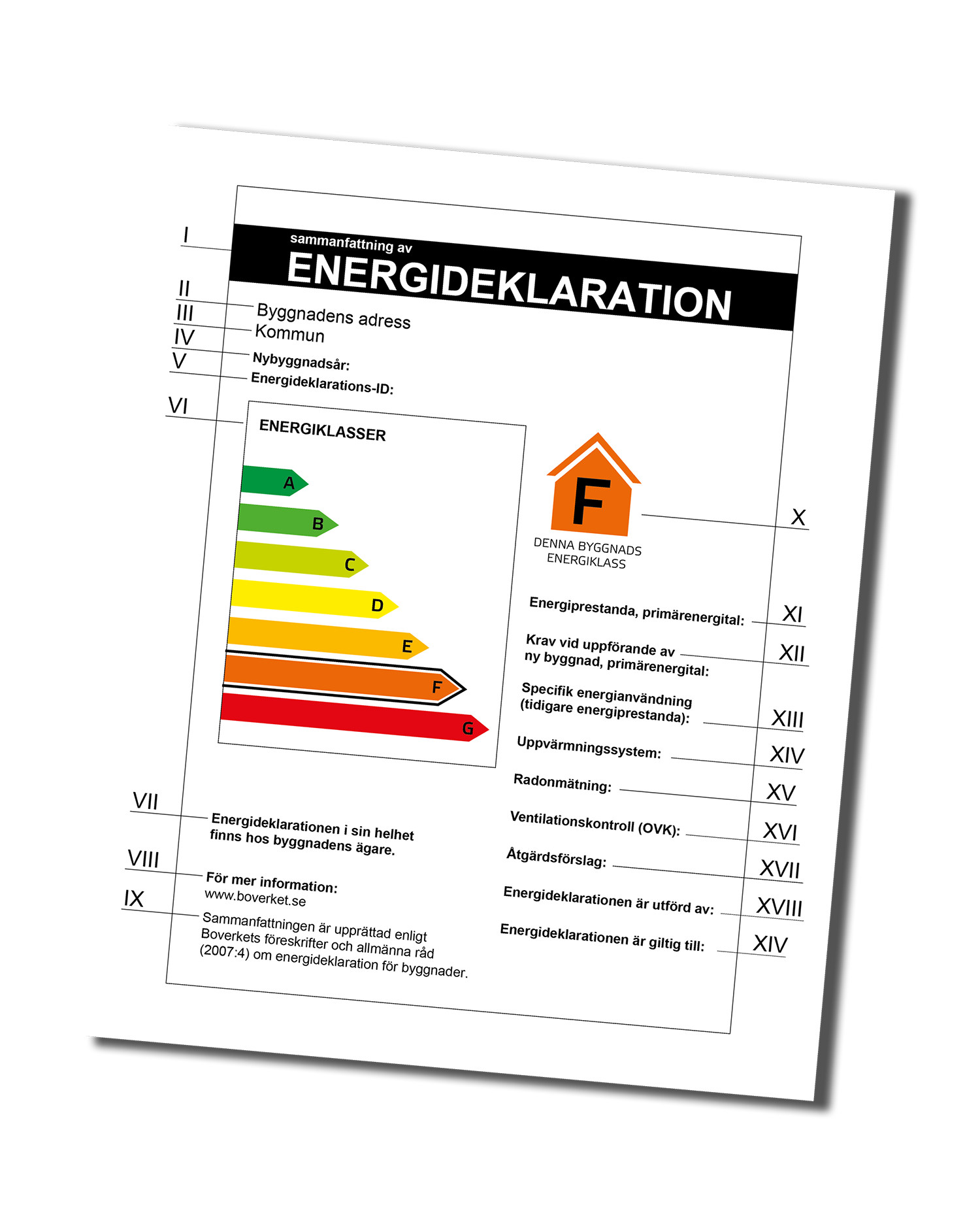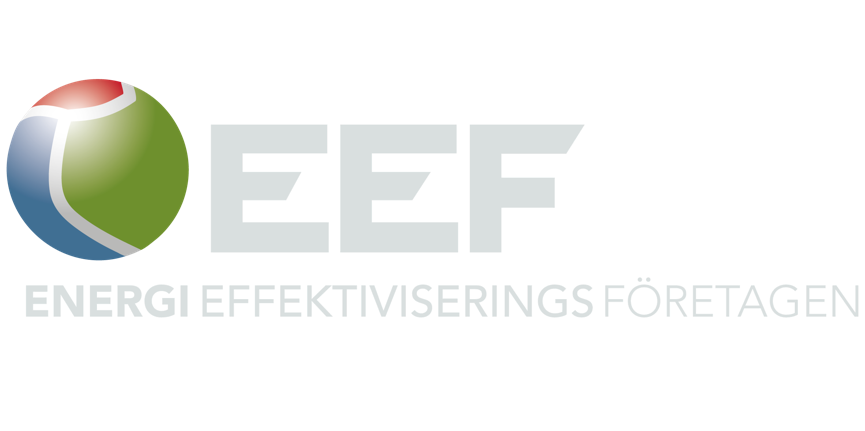Energideklaration visar byggnadens energieffektivitet och möjligheter att spara energi. Vårt team av experter utför energibesiktningen snabbt och smidigt, med ett certifikat som är giltigt i 10 år.
En energideklaration, eller energiprestandacertifikat, är ett dokument som visar en byggnads energieffektivitet och hjälper både ägare och hyresgäster att fatta informerade beslut om energianvändning och kostnader. I Sverige är energideklarationer obligatoriska för alla nya byggnader och måste förnyas vart tionde år.

Den visar hur mycket energi en byggnad använder och identifierar möjliga förbättringar.
Energideklarationen skapar en gemensam grund för att jämföra energianvändningen i olika byggnader, vilket motiverar ägare, hyresvärdar och hyresgäster att samarbeta för att minska energiförbrukningen.
En uppdaterad energideklaration är obligatorisk enligt svensk lag och måste förnyas var tionde år.
Vill du optimera energikostnaderna och förbättra inomhusklimatet i din fastighet?
Klicka på knappen för en kostnadsfri prisförfrågan. Låt oss hjälpa dig att skapa en energieffektiv och hållbar drift genom professionell rengöring!
Vi erbjuder en smidig och effektiv process för att utföra energideklarationer:
Våra certifierade energiexperter gör en grundlig genomgång av din byggnad, vilket tar cirka en till tre timmar beroende på byggnadens storlek och komplexitet.
Du kan välja att vara med under hela eller delar av besiktningen om du önskar.
Efter genomförd besiktning utfärdar vi en energideklaration som är giltig i tio år, redo att användas för jämförelser och beslut kring energieffektivisering.
Här besvarar vi några utav det vanligaste frågorna vi får energideklarationer.
En energideklaration är ett dokument som visar hur mycket energi en byggnad använder och ger förslag på förbättringar. Syftet är att hjälpa ägare och hyresgäster att förstå och optimera byggnadens energianvändning.
Energideklaration är lagstadgad vid försäljning eller uthyrning av byggnader och måste även upprättas för nya byggnader inom två år efter att de tagits i bruk.
En energideklaration är giltig i tio år. Efter den perioden måste den förnyas för att uppfylla lagkraven och säkerställa att informationen är aktuell.
Energideklarationen innehåller information om byggnadens energiförbrukning, eventuella förbättringsförslag samt en energiklassificering som visar byggnadens energieffektivitet.
Har du ytterligare frågor eller bara vill ta ett samtal. Tveka inte på att kontakta oss!
Upptäck våra omfattande tjänster inom mätning och energioptimering. Vi hjälper dig att analysera, optimera och effektivisera energianvändningen för hållbara resultat.
Vår vision är att vara den mest erfarna och kompetenta energioptimeraren på marknaden. Med NEO-metoden är vi marknadsledande med denna specialrengöring för värme- och kylanläggningar för fastighet och industri.



